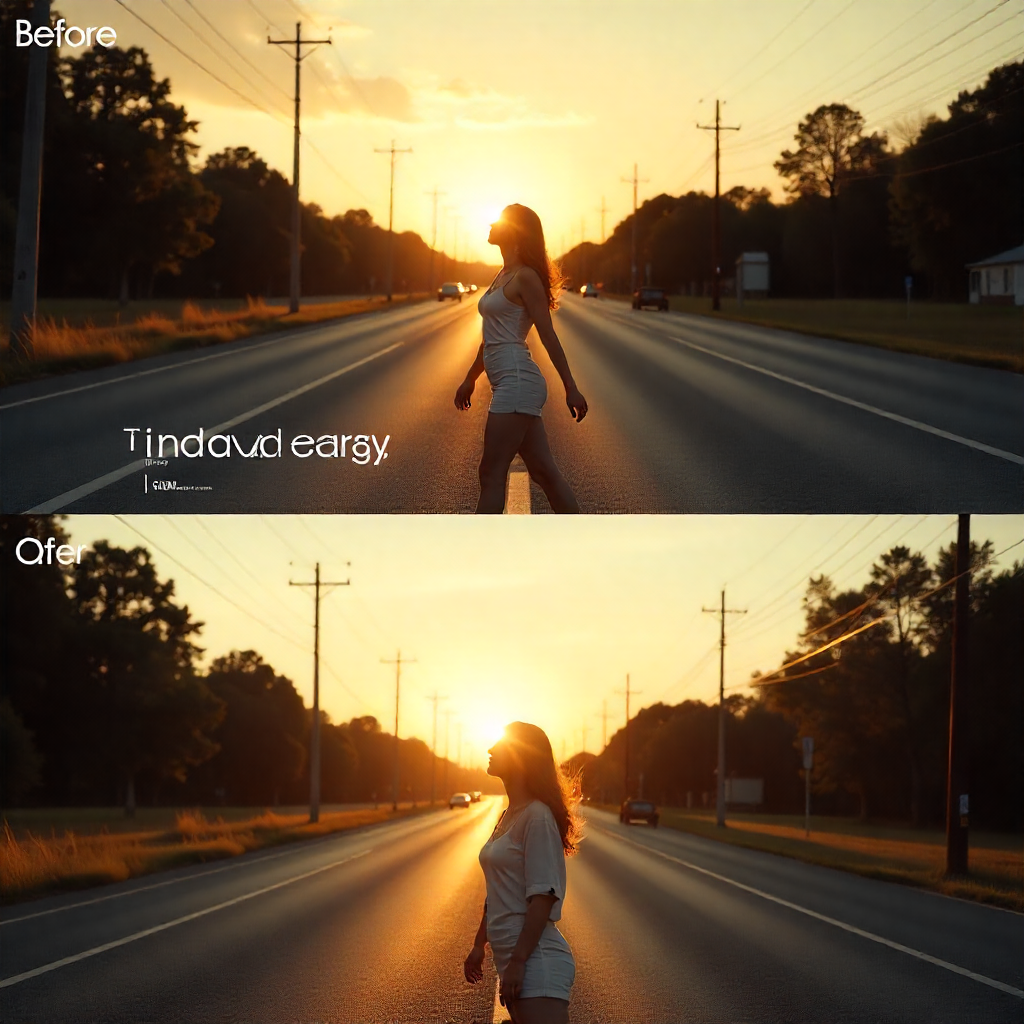The intersection—a critical node in any urban transport network—is also the primary location for road accidents. Among the most dangerous and frequent infractions is the running of a red light, an act that jeopardizes pedestrians, cyclists, and fellow drivers. Traditional enforcement methods, relying heavily on human observation or fixed, often cumbersome camera systems, have struggled to keep pace with the increasing density of urban traffic and the sheer volume of potential violations. Today, a powerful technological shift is underway, one that utilizes sophisticated imaging and computational power to automatically enforce the law and elevate road safety standards. This revolution is centered on the technology of traffic signal violation detection.
The Imperative for Automated Enforcement
The statistics surrounding intersection accidents are sobering. Red-light running contributes significantly to major collisions, often resulting in severe injuries or fatalities. Manual enforcement is resource-intensive, requiring police officers to dedicate time that could be spent on other critical duties. Moreover, human observation is inherently limited in its scope, especially during high-traffic periods, inclement weather, or at night.
Automated enforcement systems address these limitations by providing continuous, unbiased, 24/7 monitoring. The primary goal is not merely to issue fines but to serve as a powerful deterrent, subtly but effectively encouraging safer driving behavior across an entire jurisdiction. When drivers know that compliance is consistently monitored, the overall rate of dangerous infractions decreases.
How Traffic Signal Violation Detection Works
Modern traffic signal violation detection systems are far more advanced than the basic loop detectors and cameras of the past. They are integrated, intelligent systems typically comprising several key components:
- High-Resolution Cameras: These capture clear, detailed images or video footage, essential for identifying vehicles and obtaining license plate information under various lighting and weather conditions.
- Sensors/Triggers: These can include inductive loops embedded in the pavement, radar, or laser scanners. These devices detect a vehicle’s presence and speed as it approaches the stop line.
- Timing Interface: The system is directly connected to the traffic light controller. It constantly monitors the signal phase (red, yellow, green) to determine the exact moment a violation occurs.
The process is triggered when a vehicle crosses the stop line a defined time after the traffic signal has turned red. The system typically captures two images: one showing the vehicle before entering the intersection with the red light clearly visible, and a second image showing the vehicle mid-intersection, confirming the offense. Crucially, video footage is often recorded to provide irrefutable evidence of the infraction, including the vehicle’s speed and the duration of the red light.
Expanding the Scope of Detection
While red-light running remains the core application, modern detection systems have expanded their capabilities to address a wider array of dangerous driving behaviors:
- Speed in Intersection: Systems can track the speed of vehicles as they approach and traverse the intersection, providing evidence for excessive speeding even when the light is green.
- Illegal Turns: They can be configured to monitor for prohibited maneuvers, such as illegal left or right turns, which are common causes of accidents and traffic obstruction.
- Stop Sign Compliance: Similar technology is now being adapted for stop sign locations, ensuring vehicles come to a complete halt, not just a rolling stop.
- Railroad Grade Crossing Violations: In specialized applications, these systems monitor railway crossings, capturing vehicles that attempt to cross after the warning gates have lowered—a particularly high-risk violation.
The collected data—including high-quality images, video segments, and a log of event parameters (date, time, location, red light duration)—is then securely transmitted to a processing center for review by authorized personnel before a citation is issued. This review process ensures accuracy and legality, minimizing errors and challenges.
The Impact on Urban Flow and Safety
The most immediate benefit of highly reliable automated detection systems is the demonstrable reduction in red-light running incidents and subsequent crash rates. Studies across numerous cities show a significant decrease in T-bone (right-angle) collisions, which are typically the most severe type of intersection accident.
Beyond direct safety gains, these systems offer a wealth of data that is invaluable for urban planning and traffic engineering. By aggregating violation data, city planners can identify historically dangerous intersections, analyze driver behavior patterns, and make informed decisions about signal timing adjustments, roadway geometry improvements, or the placement of additional warning signs. This move from reactive enforcement to data-driven proactive planning is a testament to the system’s broader utility.
The future of traffic management is increasingly intelligent and interconnected. As detection technologies become more precise and computationally powerful, they are shifting from simply recording infractions to actively participating in managing the flow of traffic itself. This integration capability is where the greatest efficiency gains lie. The sophistication of these systems, driven by advanced computational models, is enabling a paradigm shift in how cities function. The next step is a deep integration of this detection data with broader municipal systems, a move that fully realizes the potential of connected infrastructure. This evolution culminates in a unified, intelligent system where the core function of AI Video Analytics Improves Operational Efficiencies across the entire transportation and public safety landscape, turning raw video into a resource for systemic urban optimization.



